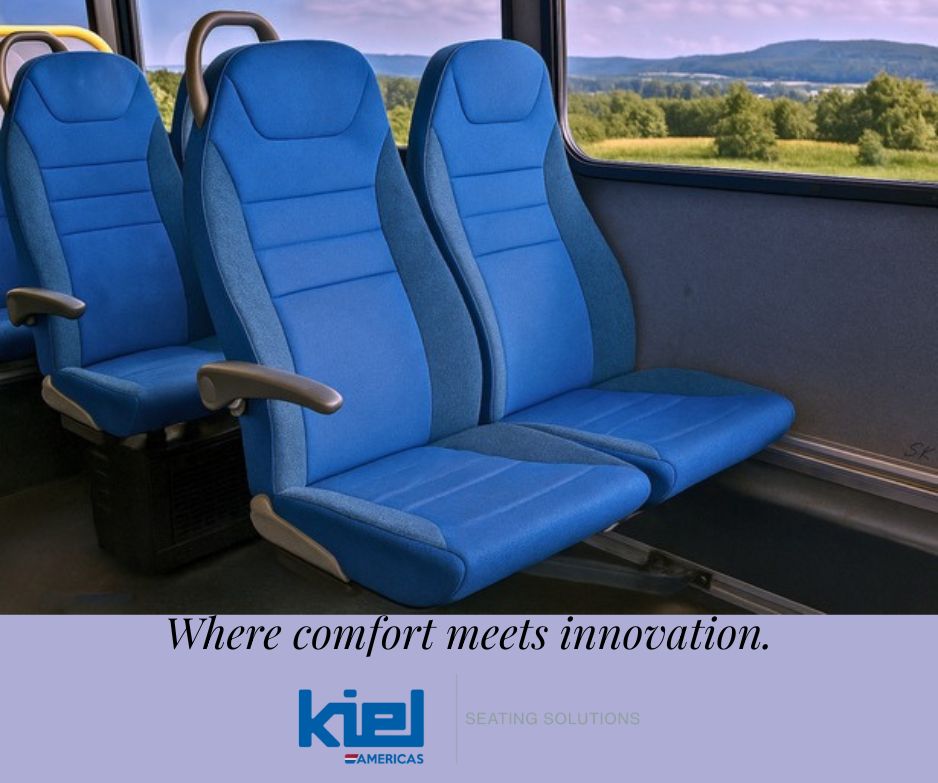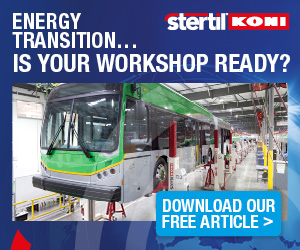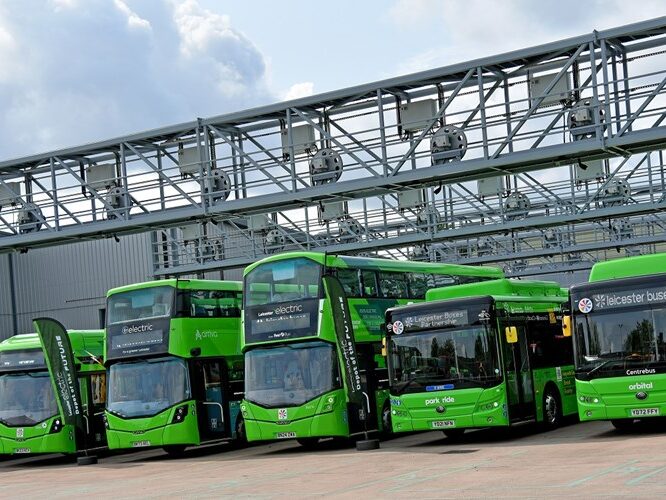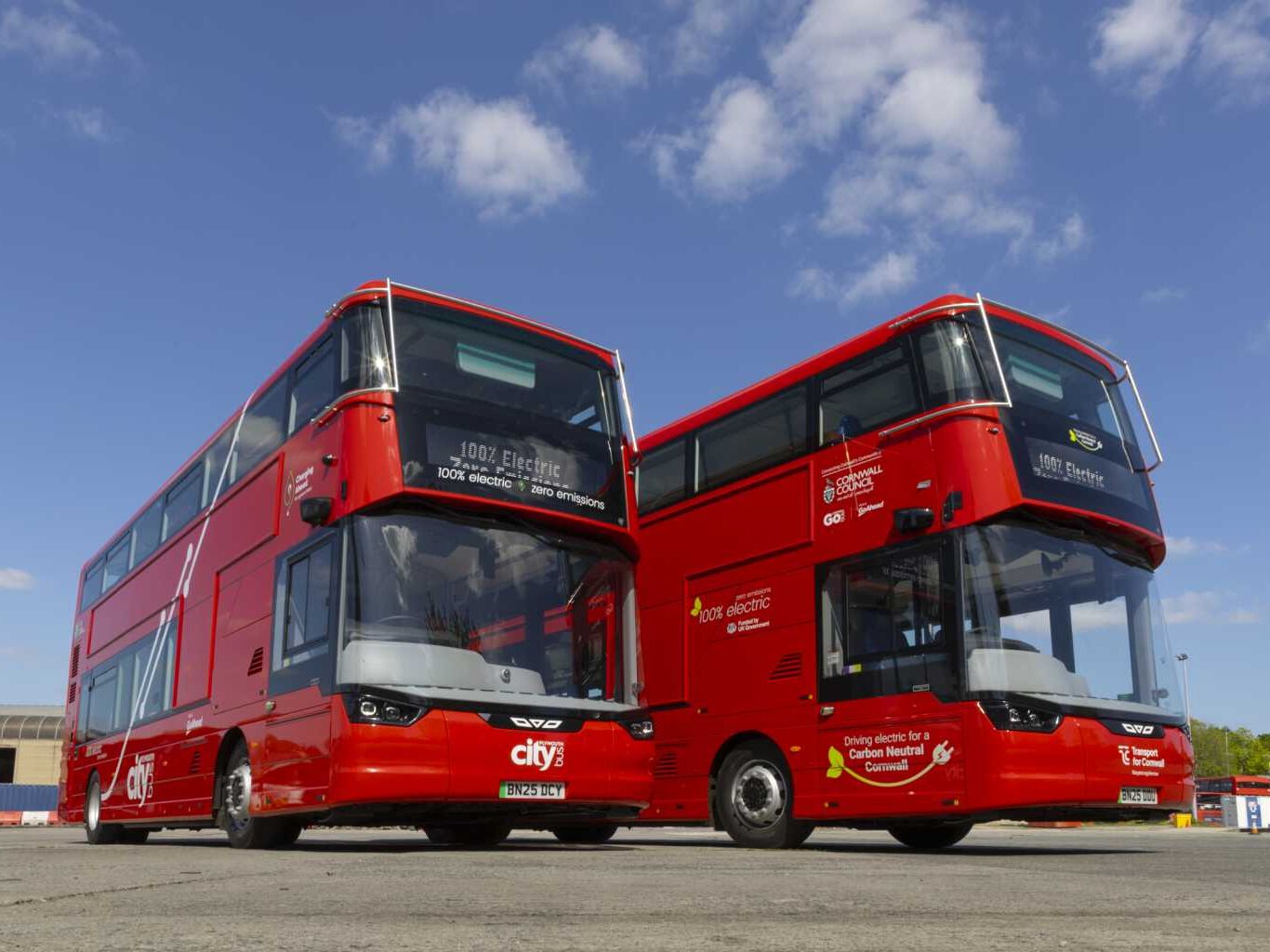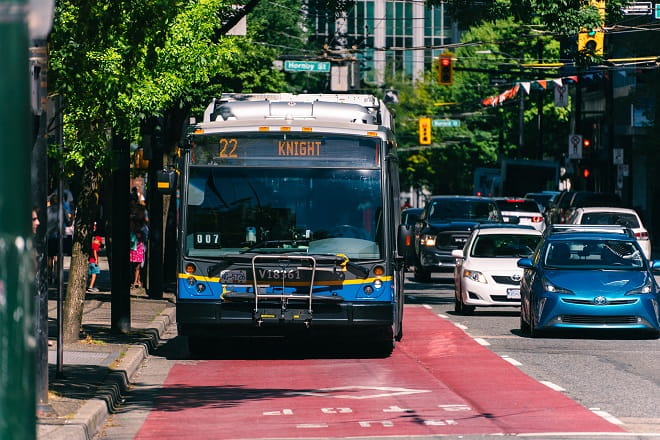Durham Region Transit (DRT) has welcomed its first six electric buses, supplied by Nova Bus.
This delivery marks a key milestone in the transit agency’s E-Mission Zero programme, which aims to deliver a sustainable network of vehicles, infrastructure and facilities to reach zero greenhouse gas emissions by 2037.

DRT is one of Ontario’s largest regional transit systems, serving eight area municipalities just east of Toronto.
John Henry, Regional Chair and Chief Executive Officer said:These new electric buses are a critical step in our journey towards a zero-emission future. By reducing transit vehicle emissions, we are fostering a healthier, more sustainable Durham Region for generations to come.
DRT’s purchase of six battery electric buses and the associated equipment and infrastructure was made possible thanks to 12.1 million CAD in funding from Infrastructure Canada’s Canada Community-Building Fund.
With the introduction of these vehicles, DRT will now assess and plan for its full transition to a zero-emission bus fleet.
Looking ahead, Durham Region and DRT have also signed a credit agreement with the Canada Infrastructure Bank (CIB) for the purchase of up to 98 additional electric buses. This agreement provides the Region with low-interest financing of up to 62 million CAD over the next four years.
Bill Holmes, General Manager of Durham Region Transit said:The introduction of these electric buses will not only reduce our carbon footprint but also provide reliable and efficient service to our growing ridership. This is just the beginning of the work supporting our objective for a sustainable transit future.
The first six electric buses will operate from the Oshawa depot. They will recharge using dedicated chargers installed by EnerFORGE, part of Oshawa Power Group of Companies.
These buses will initially be deployed on routes with high rider volume and long cycle times, such as the PULSE routes. They will then gradually be circulated through other routes to assess operational performance.
Each bus has a range of at least 225 kilometres on a full charge.



